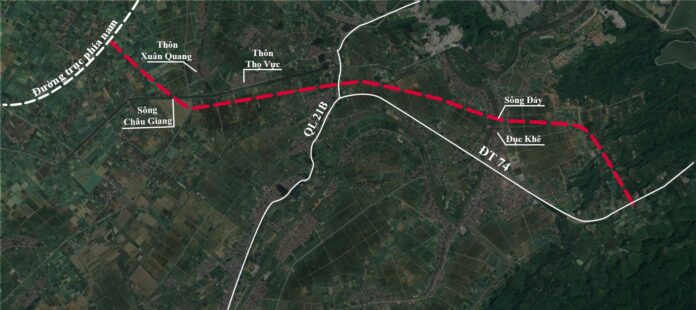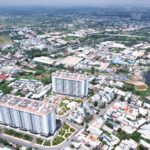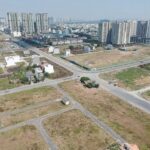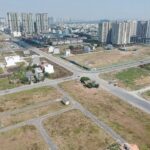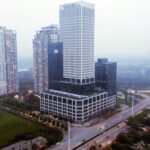On May 17th, the Hanoi People’s Committee inaugurated the investment project for the construction of the My Dinh – Ba Sao – Bai Dinh road route (the section connecting the southern axis road to the Huong Son – Tam Chuc road), spanning My Duc and Ung Hoa districts.
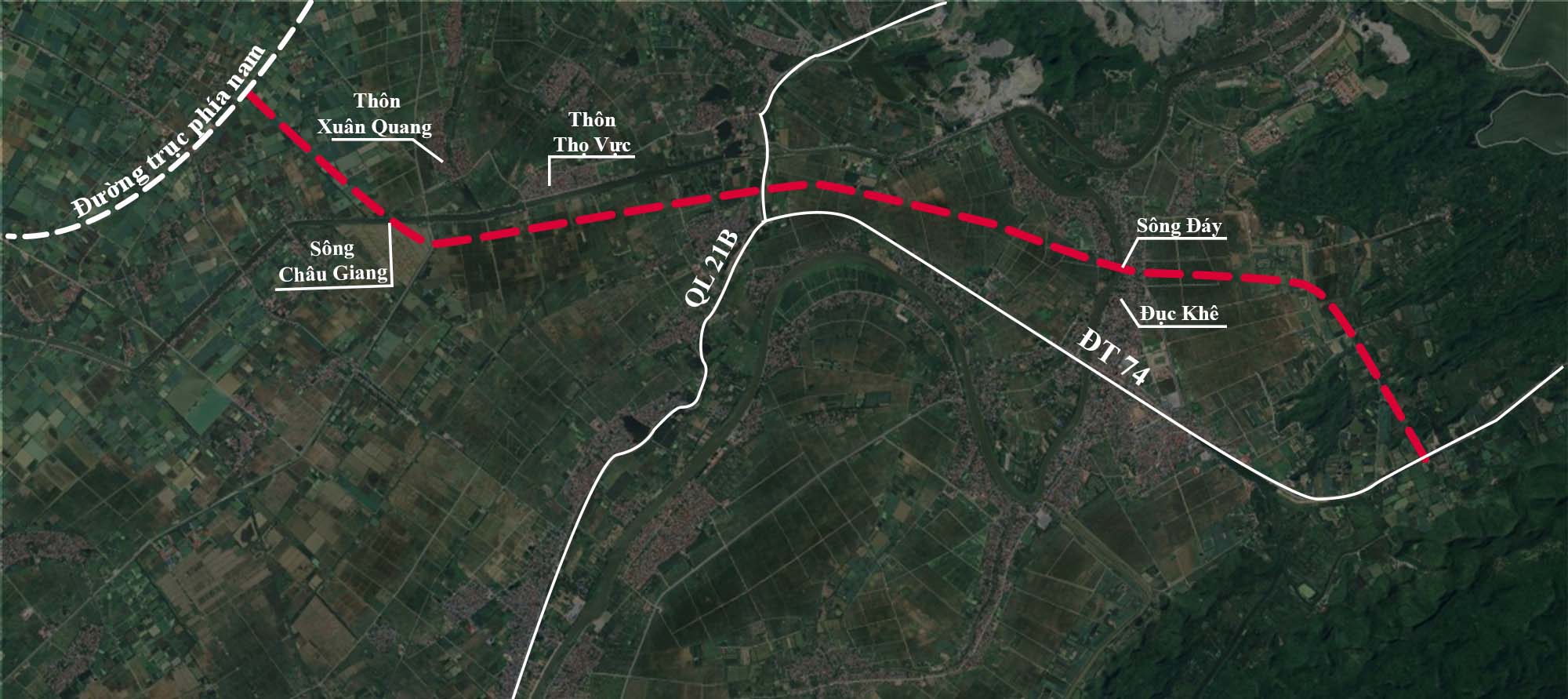
A 12.5 km route map (illustrative image based on planning)
The 12.5 km-long project features a 21 m-wide cross-section, with its starting point intersecting the southern axis road and its endpoint connecting to the Huong Son – Tam Chuc road (Provincial Road 74). Four main intersections will be constructed along the route: one at the southern axis road (the beginning of the route), another at National Highway 21B, a third at the Huong Son communal road, and the last at the Huong Son – Tam Chuc road.
Additionally, the project includes the construction of bridges over the Day and Chau Giang (Ngoai Do canal) rivers, along with the development of technical infrastructure, traffic management systems, greenery, sidewalks, lighting, and more.
With a total investment of VND 2,080 billion (funded by the Hanoi city budget), the project has now completed all investment procedures, selected contractors, and signed construction contracts worth VND 1,338 billion. The construction is expected to take 690 days (nearly 2 years) to complete.
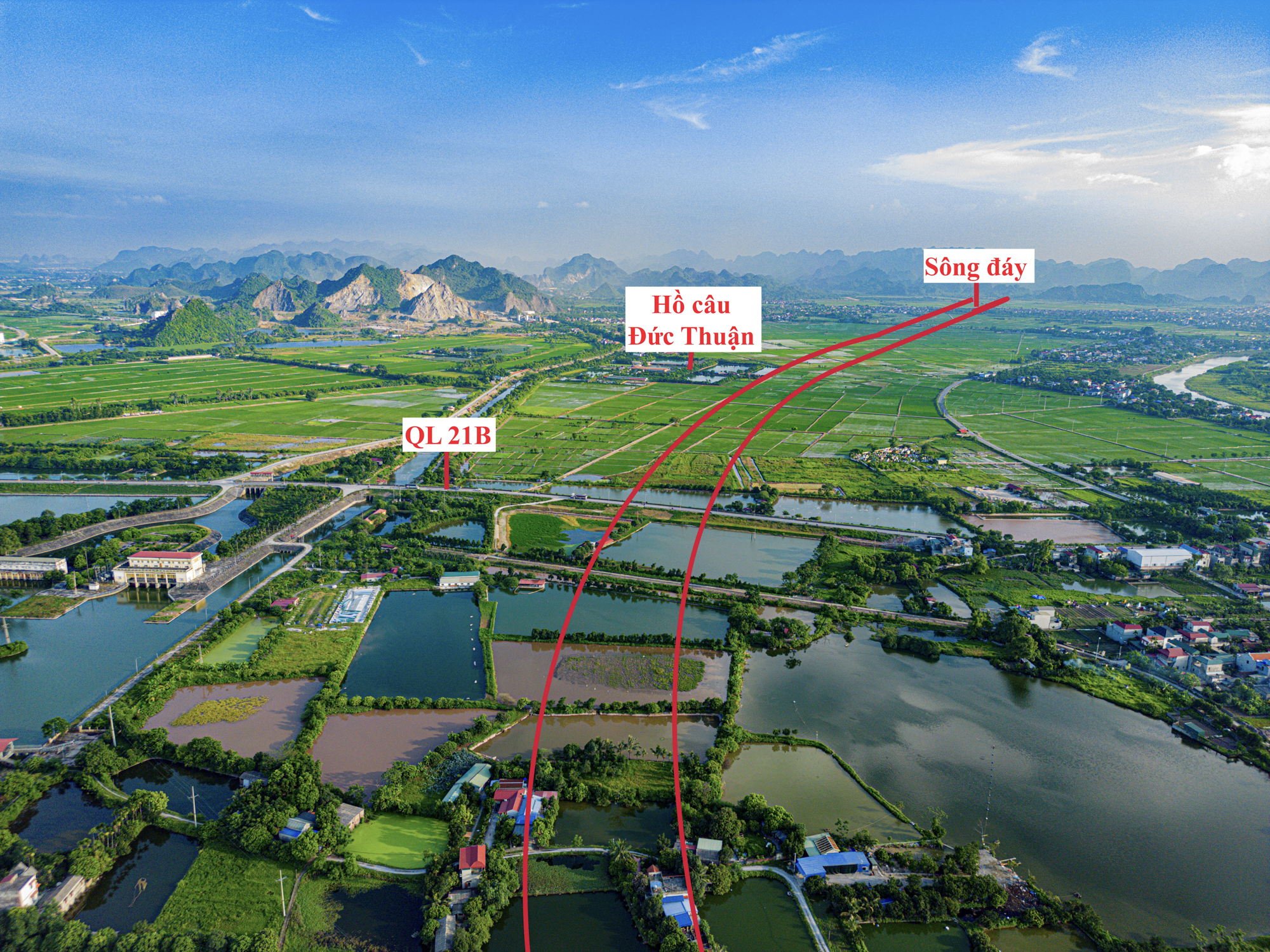
A glimpse of the future route (Photo: Ngoc Dep)
Regarding land clearance, My Duc and Ung Hoa districts have been diligently working to achieve positive results, paving the way for the project’s commencement.
Hanoi has been actively directing the implementation of infrastructure development projects, including the construction of the My Dinh – Ba Sao – Bai Dinh road route (the section connecting the southern axis road to the Huong Son – Tam Chuc road). This project is considered one of the key projects in the city’s portfolio.
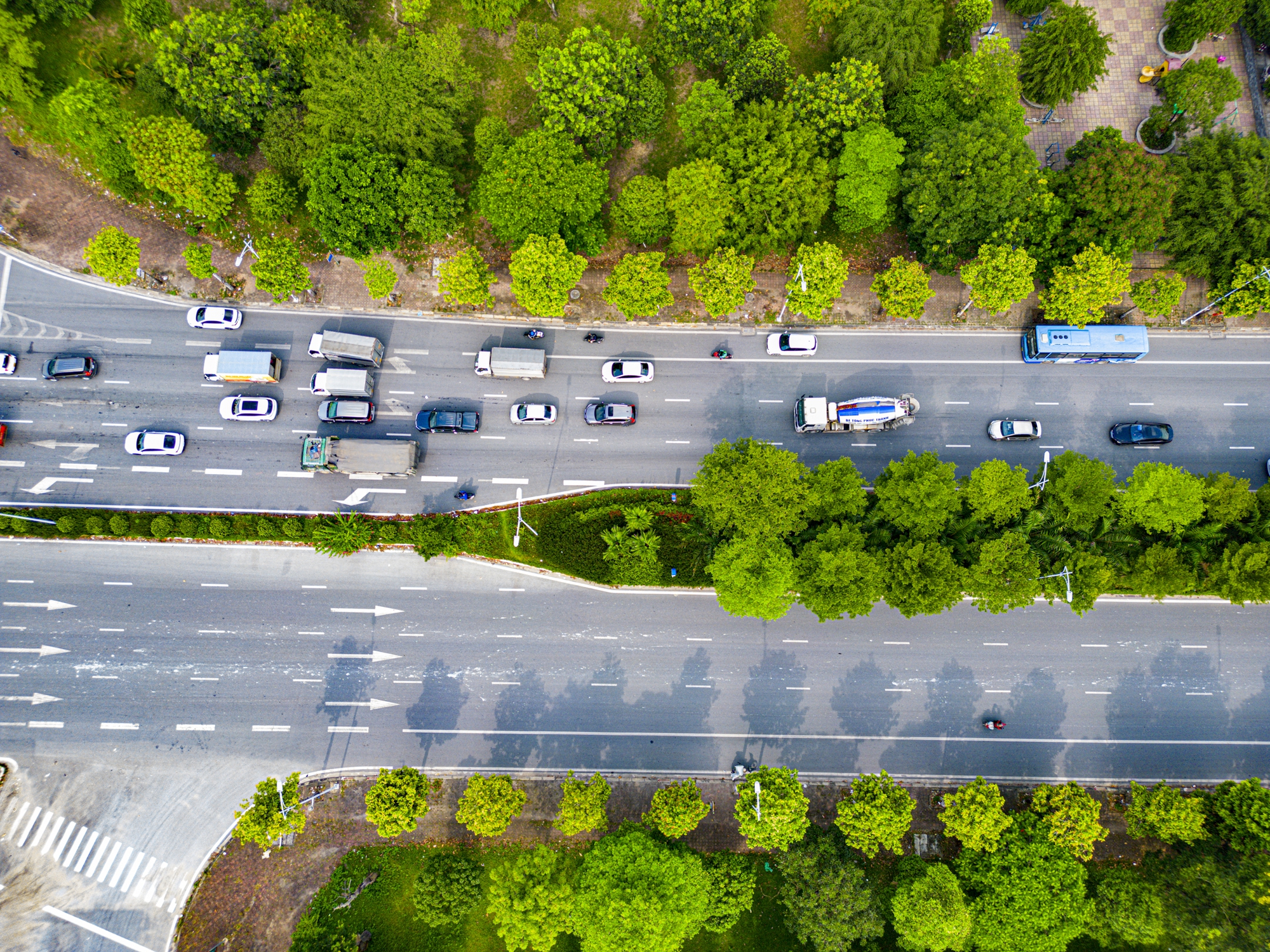
A completed section of the My Dinh – Ba Sao – Bai Dinh road route (Photo: Ngoc Dep)
The My Dinh – Ba Sao – Bai Dinh road route spans approximately 92 km across Hanoi, Ha Nam, Ninh Binh, and Hoa Binh provinces. So far, around 79 km of the route has been constructed. The remaining section, measuring over 12.5 km and traversing the districts of Ung Hoa and My Duc in Hanoi, has just been inaugurated as mentioned above.
Upon the completion of this 12.5 km section, the entire My Dinh – Ba Sao – Bai Dinh route will be connected, forming a spiritual axis directly linking Hanoi with large-scale cultural and historical sites such as Chua Huong, Bai Dinh, and Tam Chuc pagodas.
Moreover, the completed section will enhance regional connectivity between Hanoi and the provinces of Ha Nam, Ninh Binh, and Hoa Binh, boosting economic and social development, industry, services, and efficient land utilization in the southern region of the capital.
The Exotic Chat Fruit: From a Simple Snack to Hanoi’s Old Quarter Delicacy that Captivates Western Palates
Once a beloved childhood snack, this fruit has now become a specialty of Hanoi, captivating both locals and foreign tourists alike.
Why Does Vietnam Have Such Low Land Revenue Collection?
According to experts, boosting land-related revenues in local jurisdictions is key to increasing the budget. This includes revenues from land auctions, land use fees, enhanced land values through planning adjustments, and real estate transfer taxes.

